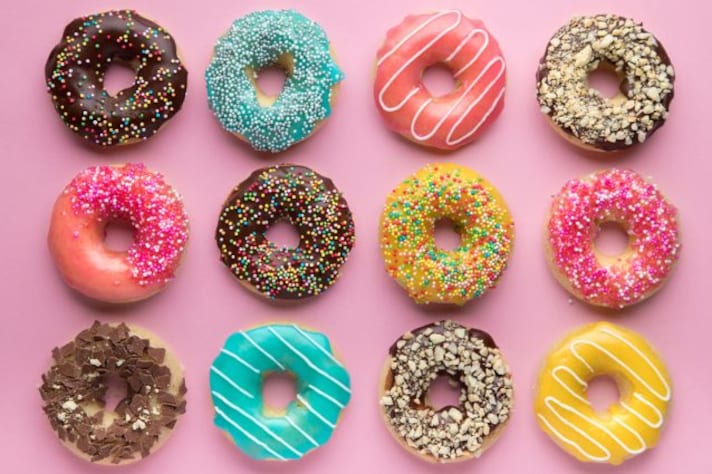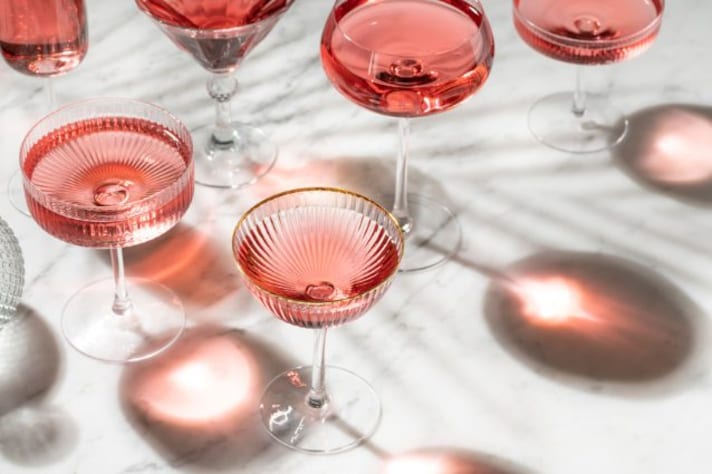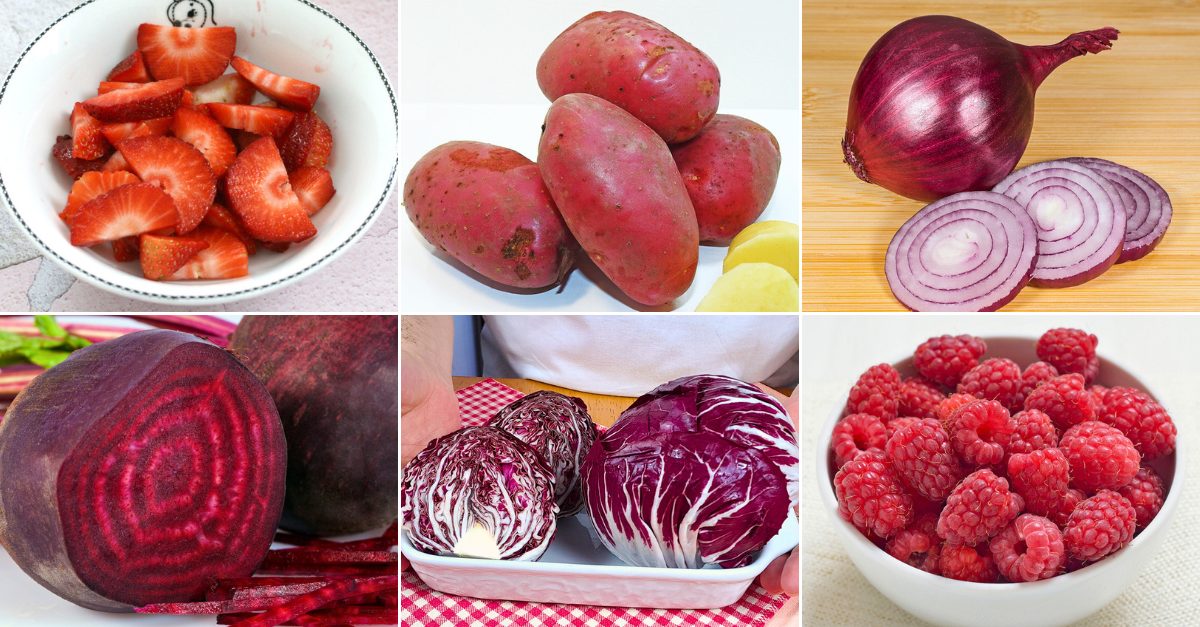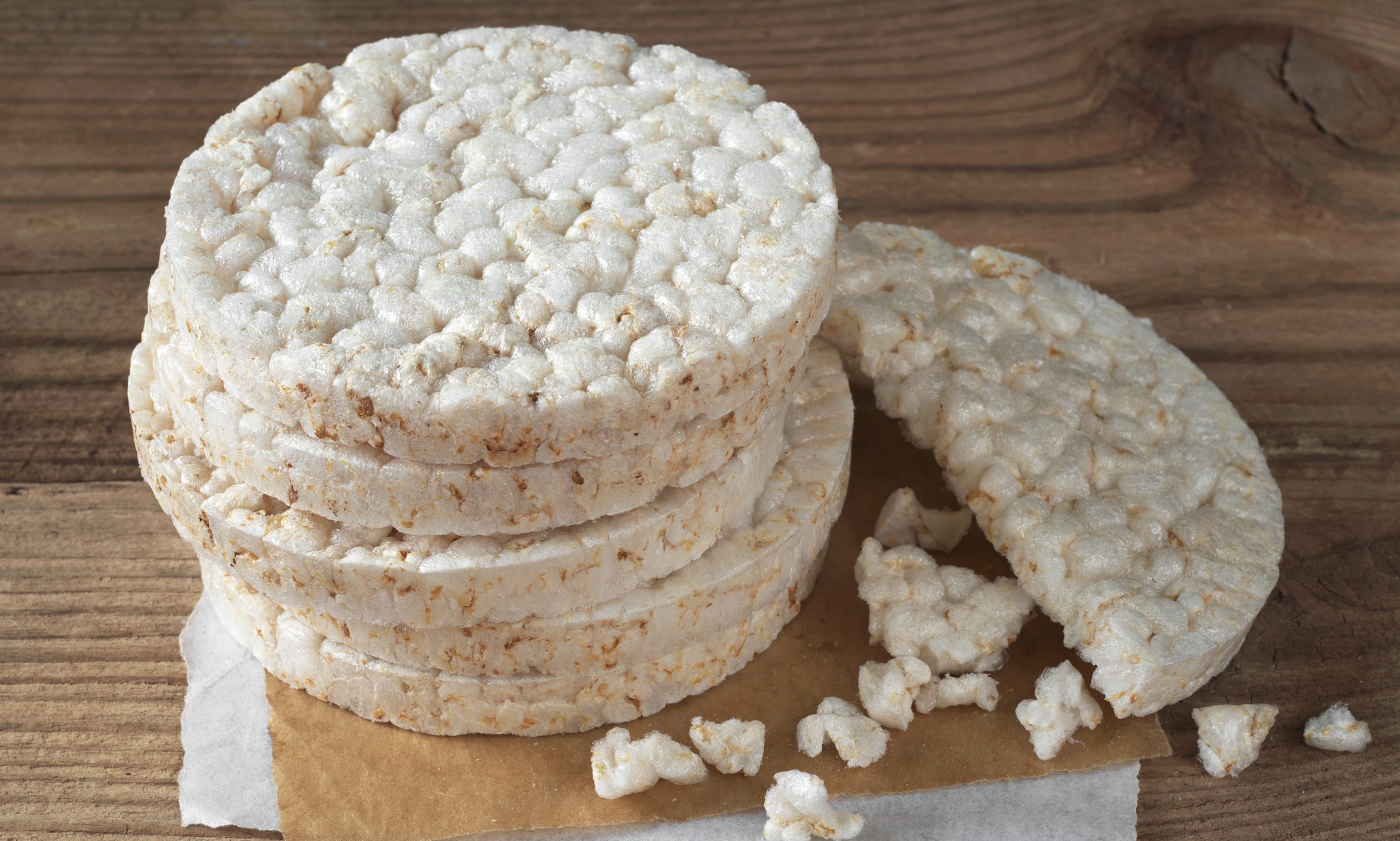TikTok’s Obsession With Pink Foods: Are They Actually Healthy?
TikTok’s pink food trend has taken social media by storm, with eye-catching dishes ranging from vibrant smoothies to candy-colored pasta. While some pink foods offer real health benefits—like antioxidant-rich berries and nutrient-packed beets—others rely on artificial dyes and sugar. The key is knowing which pink foods are genuinely nutritious and which are simply aesthetic indulgences.

Social media has transformed food trends, and nowhere is that more evident than on TikTok, where pink foods have taken center stage. From strawberry lattes to Barbie-core smoothies and naturally pink pasta, the platform has seen an explosion of aesthetically pleasing, rosy-hued dishes. But are these foods just Instagram-worthy, or do they actually provide real health benefits?
What’s Behind the Pink Food Trend?
The obsession with pink foods stems from several key factors:
- Visual Appeal: Bright, colorful dishes are more likely to go viral, and pink, associated with femininity and fun, naturally stands out.
- Health Perception: Many pink foods, like berries and beets, are naturally packed with antioxidants, making them seem like a healthier choice.
- Influencer Hype: Creators and wellness influencers fuel the trend by showcasing pink foods in smoothies, desserts, and even pink pasta dishes.

Are Naturally Pink Foods Actually Healthy?
While some pink foods are simply artificial creations loaded with dyes and sugar, many naturally pink foods offer significant health benefits. Here are some of the most popular ones:
1. Strawberries

Rich in vitamin C, great for immune health and skin.
Packed with antioxidants that help fight inflammation.
2. Beets

Supports heart health and boosts circulation.
High in nitrates, which can help improve athletic performance.
3. Dragon Fruit (Pitaya)

Boosts digestion due to its fiber content.
Loaded with immune-boosting vitamin C.
4. Pink Himalayan Salt

Contains trace minerals like magnesium and potassium.
However, no proven additional health benefits over regular salt.
5. Pink Grapefruit

Low in calories, high in vitamins A and C.
Contains lycopene, known for its anti-inflammatory properties.
The Flip Side: When Pink Foods Are Just a Gimmick
Not all viral pink foods are as nutritious as they seem. Some TikTok recipes rely heavily on artificial food coloring, processed sugars, and syrups to achieve their aesthetic appeal. For example:
- Pink Drinks from Coffee Chains often contain high amounts of sugar and artificial additives.
- Artificially Dyed Pink Pasta may look fun but offers no real nutritional benefits.
- Desserts and Candy that go viral for their pink hue often have zero natural ingredients contributing to their color.
How to Enjoy the Trend in a Healthy Way
You don’t have to avoid pink foods to stay healthy—just make smart choices. Here are some easy swaps:
- Instead of artificial pink drinks, blend strawberries, beets, or pitaya into smoothies for a natural hue.
- Instead of artificially dyed pasta, make a beet-based pasta sauce for color and added nutrients.
- Instead of sugary pink desserts, try yogurt bowls with natural pink fruit toppings like raspberries and dragon fruit.

Final Verdict: Aesthetic or Healthy?
Pink foods on TikTok are undeniably eye-catching, but whether they’re healthy depends on what’s behind the color. If the pink hue comes from whole foods like berries, beets, or dragon fruit, then it’s likely packed with beneficial nutrients. But if it’s from artificial dyes and sugar, it’s best enjoyed in moderation.
So, next time you see a pink food trending on TikTok, take a moment to check the ingredients—because true health is more than just a pretty color!
;Resize,width=767;)
;Resize,width=712;)
;Resize,width=712;)

